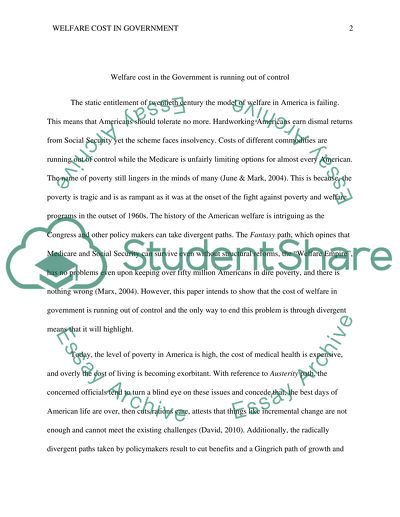Cite this document
(“Welfare Cost in the Government is Running out of Control Research Paper”, n.d.)
Welfare Cost in the Government is Running out of Control Research Paper. Retrieved from https://studentshare.org/history/1452879-welfare-cost-in-the-government-is-running-out-of
Welfare Cost in the Government is Running out of Control Research Paper. Retrieved from https://studentshare.org/history/1452879-welfare-cost-in-the-government-is-running-out-of
(Welfare Cost in the Government Is Running Out of Control Research Paper)
Welfare Cost in the Government Is Running Out of Control Research Paper. https://studentshare.org/history/1452879-welfare-cost-in-the-government-is-running-out-of.
Welfare Cost in the Government Is Running Out of Control Research Paper. https://studentshare.org/history/1452879-welfare-cost-in-the-government-is-running-out-of.
“Welfare Cost in the Government Is Running Out of Control Research Paper”, n.d. https://studentshare.org/history/1452879-welfare-cost-in-the-government-is-running-out-of.


